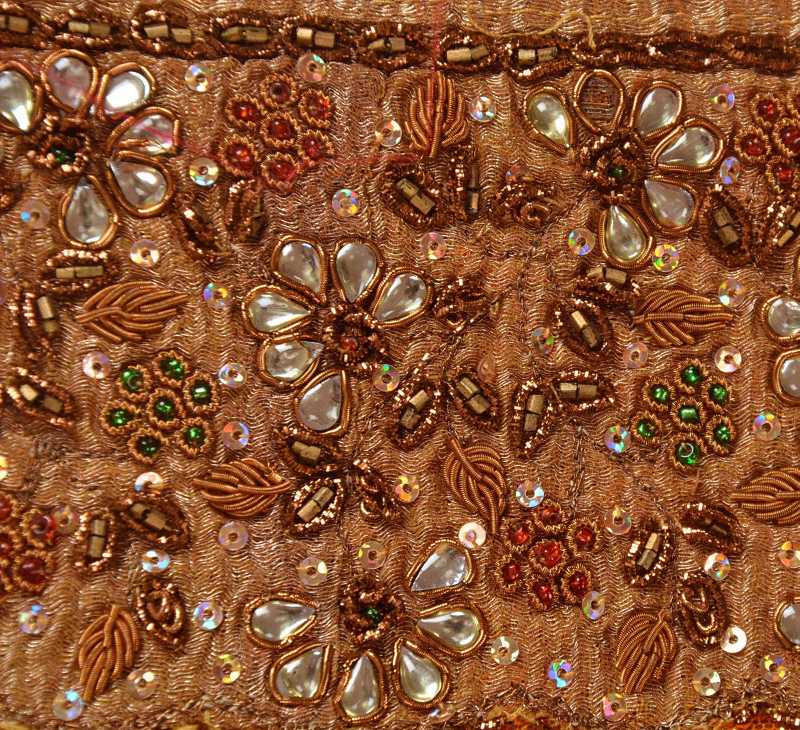===
0837,
4
===

=== |
 |
((ishq ma((shuuq ((ishq ((aashiq hai
ya((nii apnaa hii mubtalaa hai ((ishq
1a) passion, the beloved; passion is the lover
1b) the beloved, passion; the lover is passion
1c) passion of/for the beloved is passion of/for the lover
[with izafats]
1d) passion of/for the lover is passion of/for the beloved [with izafats]
2) that is, only/emphatically its own devotee/victim, is passion
mubtalaa : 'Sorely tried, afflicted, distressed, distracted, ... involved (in), overtaken (by); entangled; fascinated, enamoured (of)'. (Platts p.988)
FWP:
SETS == IZAFAT; LISTS; SYMMETRY
MOTIFS
NAMES
TERMSThe verse makes excellent use of what I call 'symmetry', the fact that in terms of Urdu grammar, to say that 'X is Y' is equally, and unavoidably, to say that 'Y is X'. It also takes fine advantage of its own 'list'-like first line, with its extravagant set of profusions and confusions.
The second line then claims to paraphrase or explain the first line: 'that is' [ya((nii], this kind of convolution comes about because passion is self-absorbed and even self-victimizing (see the definition above). In fact mubtalaa is a perfect word, because it suggests a mixture of absorption, ensnarement, and suffering that is a wonderfully apt analysis of passion.